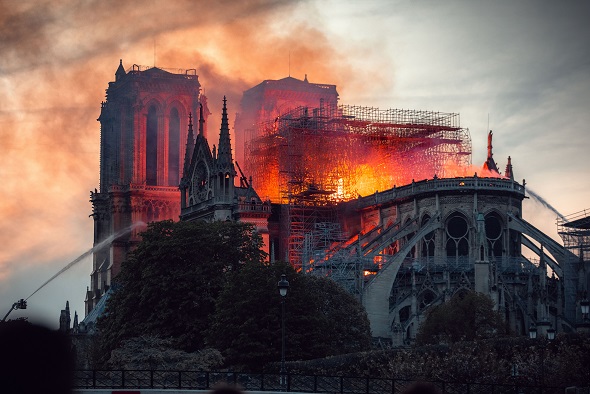The concept of the “Mudflood of Tartaria” is rooted in a blend of historical speculation, alternative history theories, and internet-based conspiracy ideas. According to proponents of the theory, Tartaria was a vast and advanced civilization that existed in what is now Eurasia, particularly around Russia and Central Asia. They claim that a cataclysmic event, often referred to as the “Mudflood,” buried much of this civilization under several meters of mud, which led to its erasure from mainstream historical narratives.
However, it is essential to recognize that mainstream historians and archaeologists do not support the idea of a Tartarian civilization or a mudflood event. The theory lacks credible evidence and is widely regarded as a fringe or pseudo-historical idea.
Here are some key points often cited by proponents of the Mudflood of Tartaria theory:
- Unusual Architecture: Advocates point to buildings, particularly in Russia and Eastern Europe, where lower levels appear buried or windows are at ground level. They suggest this indicates these structures were once fully above ground and were subsequently buried by mud.
- Historical Anomalies: Proponents argue that gaps in historical records, mysterious maps, and inconsistencies in historical accounts are evidence of a suppressed history involving Tartaria.
- Technological Regression: The theory suggests that advanced technology, comparable to or exceeding modern capabilities, existed in Tartaria but was lost due to the mudflood.
- Global Event: Some versions of the theory propose that the mudflood was a global event, explaining similar architectural features worldwide.
Plausible Explanations for Observed Phenomena
Several more plausible explanations align with mainstream archaeology and history:
- Urban Development and Changes: Many buildings may appear “buried” due to changes in urban development, such as the raising of street levels over time for flood prevention, infrastructure upgrades, or new construction on top of older structures.
- Natural Geological Processes: Erosion, sediment deposition, and other natural geological processes can account for buildings appearing partially buried. In some cases, buildings were intentionally built into hillsides or with lower levels partly below ground for insulation.
- Architectural Styles and Designs: Architectural design choices, such as basements or half-sunken floors, could explain why some buildings appear to have buried lower levels.
Conclusion
While the Mudflood of Tartaria theory is intriguing to some and has garnered a following in certain internet communities, it remains outside the realm of accepted historical and archaeological scholarship. The theory lacks substantial evidence and relies heavily on speculative interpretation of architectural and historical anomalies. Therefore, it is considered a fringe theory rather than a credible historical account.
